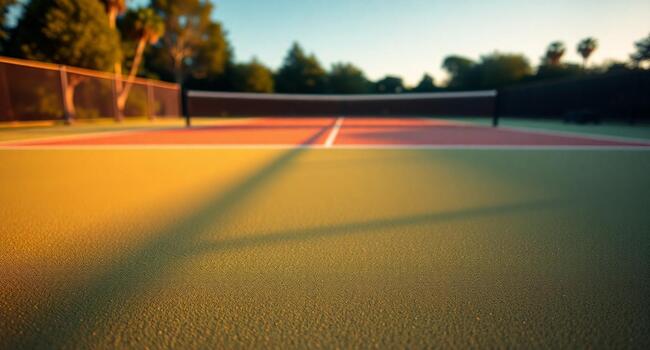
Pickleball is growing fast and bringing new players to the courts every day. If you’re new to the game or looking to step up your skills, understanding the court is where it all begins. The layout of a pickleball court isn’t random—it’s designed to encourage fun rallies and strategic play. Knowing where each zone starts and ends helps you serve, move, defend, and attack with confidence.
This guide breaks down the official pickleball court layout, walks through all key dimensions, and explains the main zones in plain language. You’ll see how each area shapes the action and hear about common mistakes new players make. With pickleball court dimensions and zones explained, you’ll have a clear edge over anyone who just wings it.
A standard pickleball court looks a lot like a tennis court but is smaller, which makes the game accessible and quick moving. The pickleball court layout follows strict rules so matches are fair and consistent everywhere.
The net divides the court into two even playing fields.
This slight dip means the net’s center is lower than the posts, making low shots and dinks possible. The net’s placement shapes how players approach each rally and sets up the court zones.
Every line on the court has a purpose:
All lines are two inches wide and must be visible for both players and referees.
It can feel like there’s a lot of painted lines. But once you know what each zone means, you’ll find the court is easy to read. Here are the main zones, explained in detail, with a focus on how they affect play and rules.
Every court has a seven-foot zone on both sides of the net, known as the non-volley zone—or “the kitchen.”
Common myths: Some players think you can’t go into the kitchen at all, but you can—you just can’t volley from there.
Key takeaway: The kitchen is not just about footwork but also about patience and shot selection.
Behind the kitchen, each side splits into two rectangles: the right and left service areas.
Foot placement is important. Stepping on or over the line during service (a foot fault) results in a loss of serve.
The boundaries of the court play a silent but strong role.
Understanding these zones helps players call balls in or out quickly and keep games fair.
Knowing the pickleball court layout and pickleball court dimensions gives you a strong foundation from day one. Each zone on the court—the kitchen, service areas, and boundaries—has a purpose, helping shape rallies and encourage thoughtful play.
Don’t skip the basics. Take time to study the court, walk through each zone, and practice your footwork. Use this knowledge to make smarter plays, avoid beginner mistakes, and enjoy a smoother start in pickleball. Now you know the zones, it’s your turn to hit the court and play with confidence!